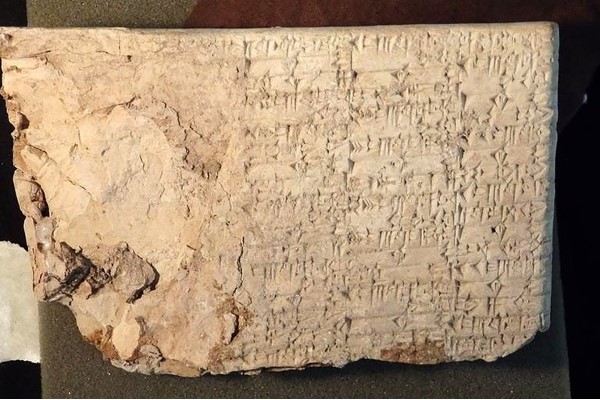Hobby Lobby Museum of the Bible
It may be a little unfair of me to label it the “Hobby Lobby” Museum of the Bible. Still, the Museum, which will open next month in Washington, will be brought to you by Steve Green, the man who fought for and won his right to impose his religious belief on you and me. On the other hand, the good news seems to be that the Museum will not be as tendentious as the Ark Park, in that, according to a sneak preview in the Washington Post,
The museum, which will be among the largest in a city chock-full of museums, presents broad, sometimes abstract concepts about the Bible, communicated through cutting-edge technology and immersive experiences.
And although the Museum expects to attract evangelical Christians, it apparently will not specifically attempt to “bring to life the living word of God . . . to inspire confidence in the absolute authority” of the Bible, as was in its initial mission statement, according to the Post. Indeed, the museum reportedly sought advice from experts in many different traditions. Nevertheless, at least one scholar, Steven Friesen of the Society of Biblical Literature, has studied the Museum’s website and inferred that it is promoting a specific view of the Bible and relates very little, for example, about how the Bible was compiled. (I only skimmed the website and also suffered through some videos, incidentally, and I thought they were not unreasonable.) Likewise, Grant Wacker, an expert on the history of Christianity and an evangelical Christian, declined to serve on the Museum’s board, because he would have been required to sign a statement of faith that he thought went too far.

The Museum, further, will be tainted by the fact that Hobby Lobby, with which the Museum is intimately connected, has admitted to smuggling 5500 objects out of Iraq and into the United States.
Specifically, according to the Post, Hobby Lobby purchased 5500 artifacts for $1.6 million. The artifacts arrived in 10 different packages delivered to 3 different Hobby Lobby locations and were labeled “ceramic tiles” or “clay tiles (sample).” Payments were made to 7 different bank accounts. The Post quotes Mr. Green to the effect that he has “accepted responsibility and learned a great deal.” Hobby Lobby said they did not “understand the rules for properly bringing antiquities into the country,” in the words of the Post. The Post leaves unclear why they did not learn the rules, nor why the shipments and the payments were dispersed as they were, nor why the labels were so imprecise, if they were not trying to hide something. At any rate, the artifacts have been forfeited; I do not know what will become of them.
In fairness, the Museum did not smuggle the objects into the United States; Hobby Lobby did. But Hobby Lobby and the Museum are both run by Mr. Green, and many of the artifacts in the museum will be lent by Mr. Green. Some scholars are advising to steer clear of the museum, because they fear that many of the artifacts do not have proper provenance.
